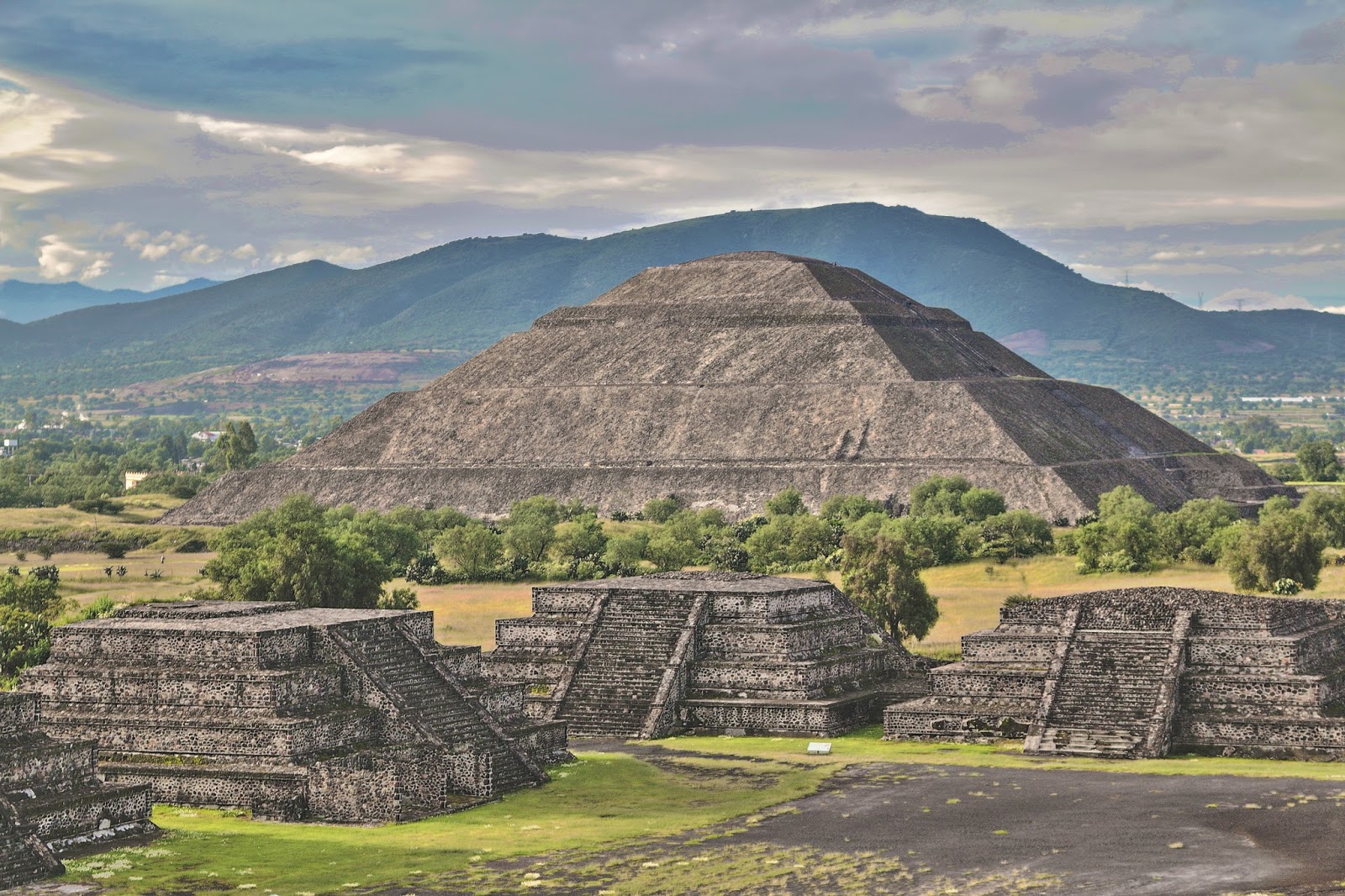
Offerings
Offerings are made to the Teteo and the ancestors as a sign of honor, love, and respect. They are gifts we share with them. Below are offerings commonly made by practitioners of Huehuemexicayotl.
Copal
Copal (copalli) is the premiere incense of the Mesoamerican world, used liberally both in antiquity and today. It is made from a resin secreted by the copal tree (P. copal), and has a warm, sweet, woody scent. It can usually be purchased in small nuggets to be burned on a charcoal disk, but some companies make high-quality incense sticks from the powdered resin.
If you can’t find copal, other types of incense can be substituted, such as myrrh, frankincense, or sandalwood.
Flowers
Flowers, or xochimeh, are an important symbol in Nahua thought, representing the vivid intensity of life, as well as its fragility. Flowers are found in countless places in ancient Mexico, from murals, to codices, to references in the most accomplished Nahua poetry. Flowers also play an important role when paired with the metaphysics of poetry.
Spoken Word
Poetry, song, and “artful speech” are other prominent offerings that can be made. In fact, well-composed orations were so highly regarded in pre-Columbian Mexico that one of the most important philosophical metaphors was in xochitl, in cuicatl, “the flower, the song”, which, according to Miguel Leon-Portilla, symbolized “the
only truth on earth” and “the only possible way to invoke the supreme Giver of Life”. Like the smoke of burning copal, offerings of words readily ascended to the abode of the gods.
Food
Food played a big part in many festivities, and was identified with a number of Teteo in itself. Tamales, chocolate, and effigies made from maize dough or amaranth were all common. While being able to offer foods made from maize is important, offering what you can, even if its a bite of sushi or falafel, is also a welcome gift.
Food offerings may be consumed at the end of a ritual or celebration instead of being disposed of.
Fasting
Fasting and moderation were commonly practiced throughout Mesoamerica on certain days or in preparation of certain rites. In myth, even the Teteo are required to fast.
This type of fasting does not require complete abstinence of food, however. Simply abstaining from meat was common, as well as avoiding salt or strong spices. If you would like to try fasting, you might try smaller portions, simple meals with few ingredients, or whole, plant-based foods. Be mindful of your body’s needs, and do not feel obligated to put your health at risk if you have specific dietary requirements.
Safe Autosacrifice
Many modern practitioners of Huehuemexicayotl perform autosacrifice for the Teteo. This involves offering one’s own blood: usually from finger-pricking, though sometimes menstrual blood can also be used.
When we offer up blood, we are actually offering up our tonalli, the vital essence housed in our heart and circulated in our veins.
Performing autosacrifice safely is very important. Making sure your hands are clean and using sterile needles, like those for blood glucose meters, is common and strongly recommended. (There is no evidence that a specific or “traditional” type of bloodletting implement is necessary, rather it is a small amount of the blood itself that is important.)
The drops of blood are collected on paper and then burned.
Modern Offerings
There are some other things modern followers of the Teteo have found to be welcome offerings, in spite of not having strong, or any, historical precedent:
- Papercraft
- Alcohol/spirits
- Fitness
- Specific courses or higher education in general
- And more! Get inspired, follow your gut, and see what works.
